The Octagon House DC, Mt. Airy, American Rehab Virginia, and A Tale of Two Plantations
I forget how I found out about the book I’m currently reading, A Tale of Two Plantations: Slave Life and Labor in Jamaica and Virginia by Richard S. Dunn. I recall that I was familiar with the Virginia plantation featured in the book because it hosts dove and duck hunts. We’ve made a tradition out of going to Shady Grove’s dove hunt and party each year, but hopefully I’ll make it down to Mount Airy for a duck hunt so I can get a few ducks to put on the smoker for the holidays. The book is a historical comparison of slave life in Virginia and Jamaica. As a Virginian, I’ve found it very interesting. I’ve always been a student of Virginia history and The Civil War, but I’ve already learned a lot from this book. For instance, Virginia experienced slave population growth and exported slaves to the other colonies, while the harsh conditions in Jamaica made the purchase of new slaves a necessity to keep up a work force. The ability of Virginia slaves to have some semblance of a family life is contrasted with Jamaica where family units were rare and mostly temporary. Thats not to say slave life was easy in Virginia, but its very interesting to learn more about it, and see how very different it was from slavery in Jamaica. The research that went into the book allows one to follow generations of slaves and see how they and their offspring lived. Its a very interesting concept, and unlike anything I’ve ever read about Virginia or slavery. The book is a bit dry and tedious at times, but its very interesting and informative nonetheless.
After reading about a quarter of the book, I got interested in my own genealogy. My sister and I found out that our family goes back pretty early in Virginia, and we had land dealings with the Tayloe family of Mt. Airy (the Virginia plantation featured in the book), and the Carter family of Nomini Hall (another Virginia Plantation). Since I intend to eventually get down to there for a hunt, I follow Mt. Airy on twitter, and saw that they have a show on the DIY network right now about restoring their plantation. Since I’m reading about Mount Airy, we decided to watch the show (congrats to the current generation of Tayloes on hauling the anchor up).
The wife and I look forward to seeing the plantation in person eventually, but in the meantime we thought of something closer we could see. The Tayloe family had a winter residence in DC, call The Octagon House. Its one of the three oldest buildings in DC, was designed by the architect of the US Capitol, and served as a temporary White House after the White House was burned in The War of 1812. Its a really interesting place that was not on my radar despite being from the DC area and having a passion for history. We organized a tour and visited over the weekend.
Maggie was a great tour guide, and you could tell she really had a passion for history.
The railings of the servants’ stairs on the upper floors were marred where ropes were thrown over to hoist up heavy loads.
One would not have wanted to visit The Octagon in July back in the day. DC was a swamp, and Constitution was a river/canal. The mosquitos were even worse than they are now. However, when the winter came round, it was ball/entertaining season, and DC came alive. Congress was only in session at this time, so it was the place to be and the time to be here if one had political aspirations.
The white area in the photo below would be filled with ashes and operated like a modern range to make delicate sauces and other things you couldn’t do over an open flame, etc. The opening on the right of the fireplace was for baking bread, which was generally done at a bakery using your own dough, but since The Octagon was host to many parties, baking was done in house. The Octagon was unique in that the kitchen was in the house and not in an out-building. This was due to the constraints of the plot, and the warmth that a continually lit chimney provided the house.
John Tayloe III had quite an impressive liquor/wine collection and willed it to a son upon his death. I’ve easily got a couple barrels of brown sauce myself. Time to get going on that will…
The servants doors were all painted to be inconspicuous. Since so many rooms are rounded, the doors were curved to fit.
The treaty that ended The War of 1812 was signed in the office of The Octagon.
This filing table was really neat. It had triangular drawers, and the top could spin.
Its been really fun to learn some more Virginia history, and being able to visit sites in the book makes for a much richer experience. I look forward to getting my dad down to Mt. Airy for some duck hunting (hopefully this year), and maybe the girls will come too. If you’re in DC, The Octagon House is definitely worth a visit.
This entry was posted in History by rsiv withWarning: count(): Parameter must be an array or an object that implements Countable in /home/bonviv6/public_html/wp-includes/class-wp-comment-query.php on line 405
Warning: count(): Parameter must be an array or an object that implements Countable in /home/bonviv6/public_html/wp-includes/class-wp-comment-query.php on line 405
no comments yet
Warning: count(): Parameter must be an array or an object that implements Countable in /home/bonviv6/public_html/wp-includes/class-wp-comment-query.php on line 405

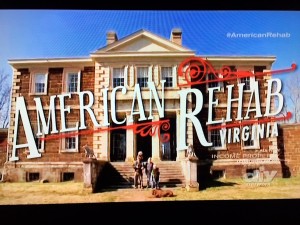
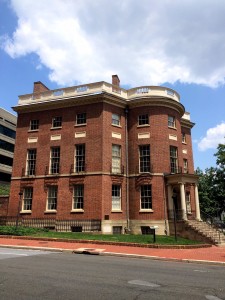
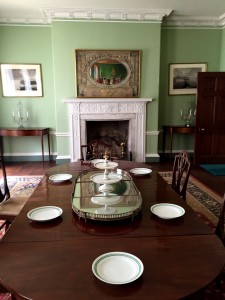
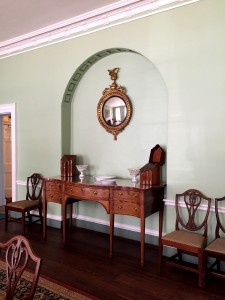
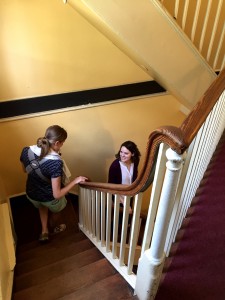
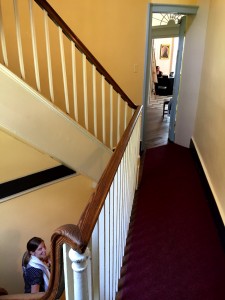
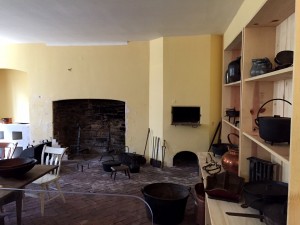
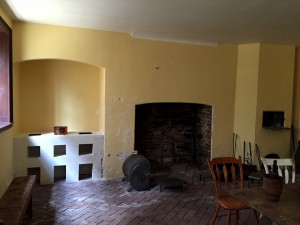
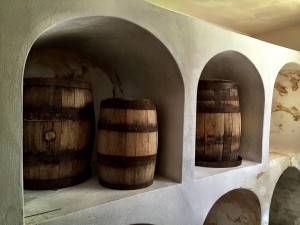
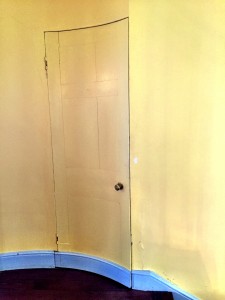

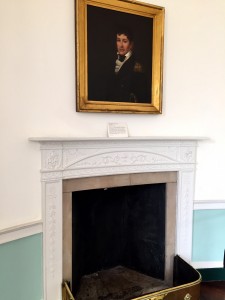
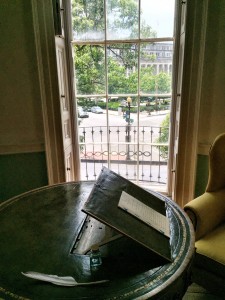
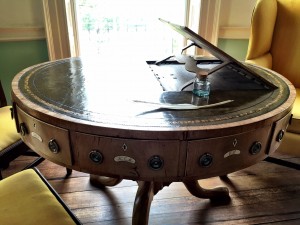
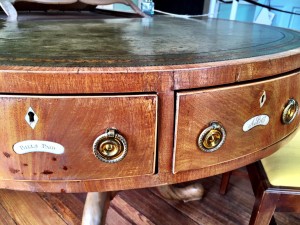
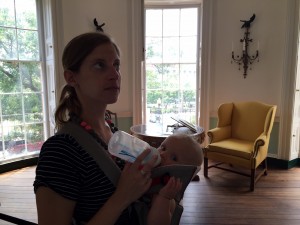
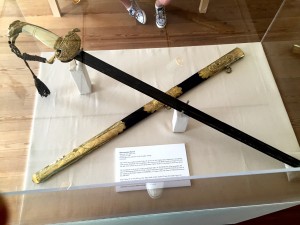
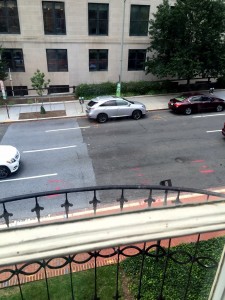
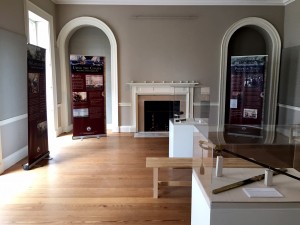
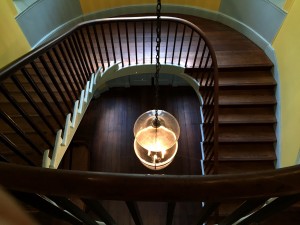
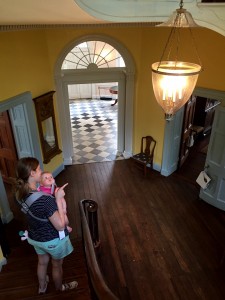
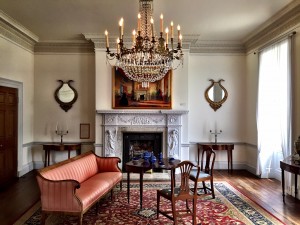
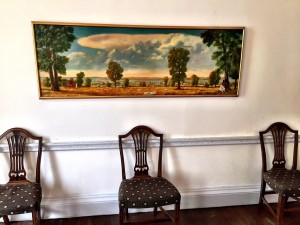
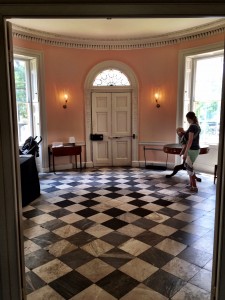
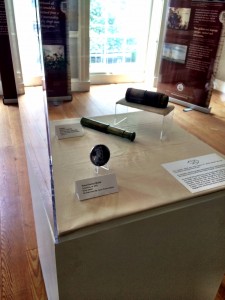
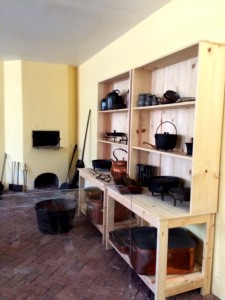
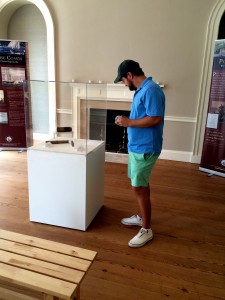
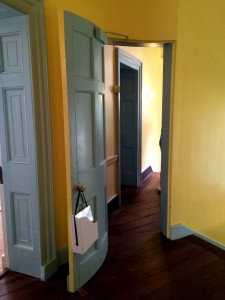
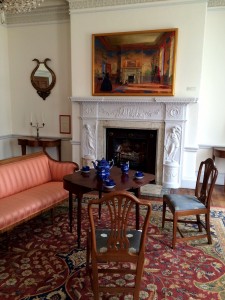
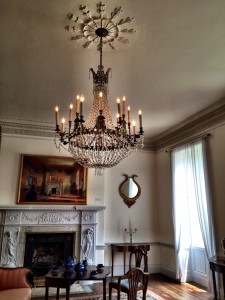
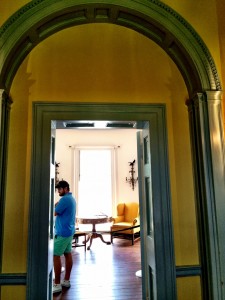
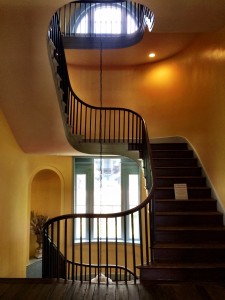
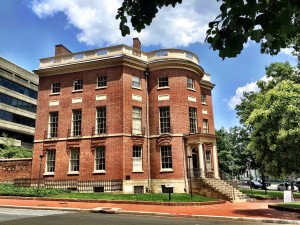

Leave a Reply
You must be logged in to post a comment.